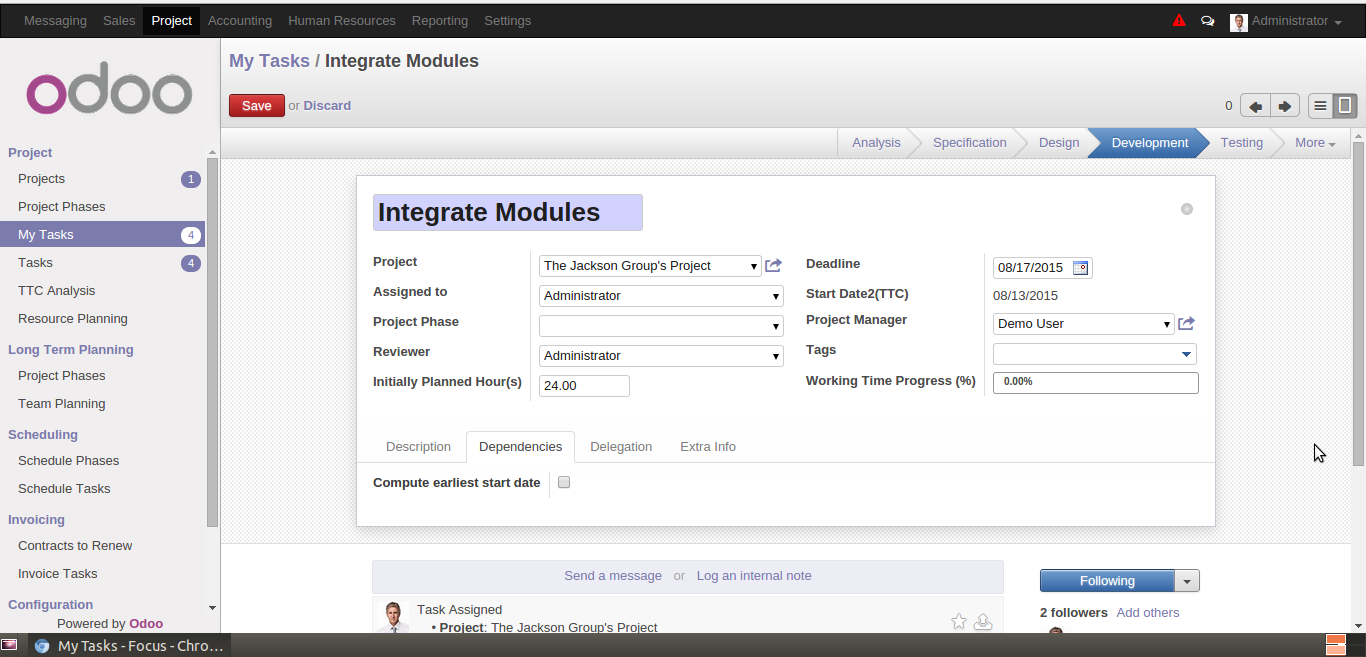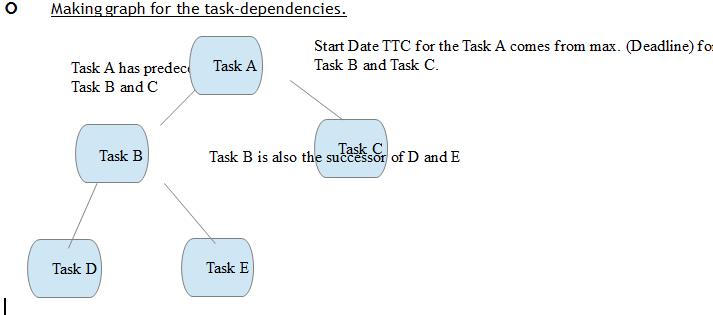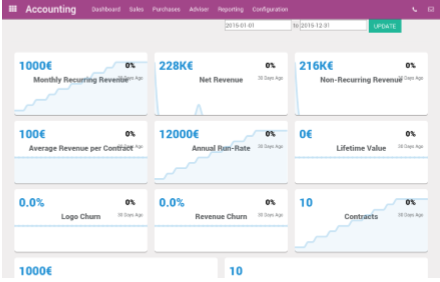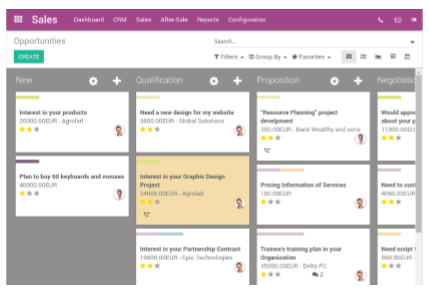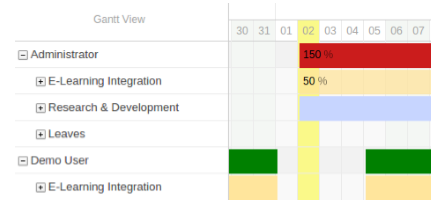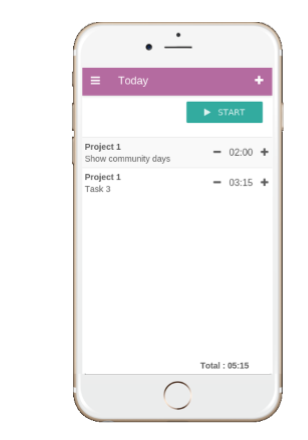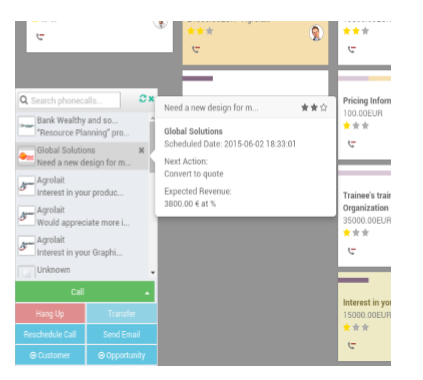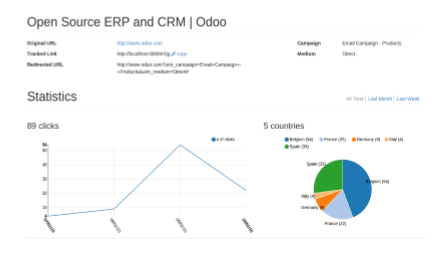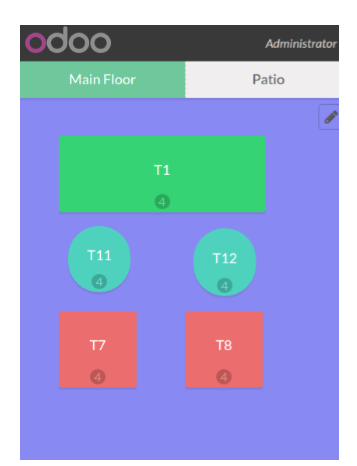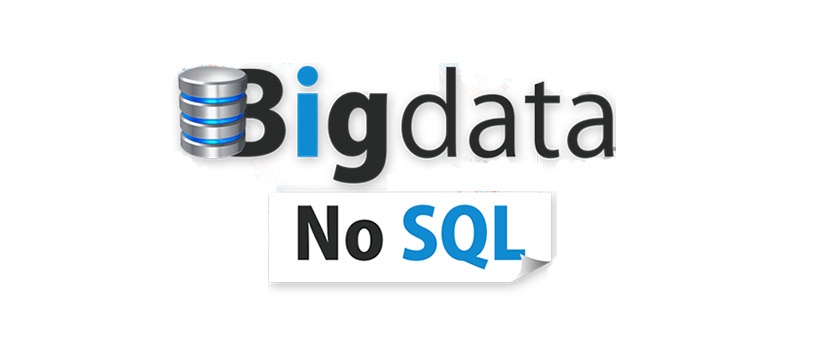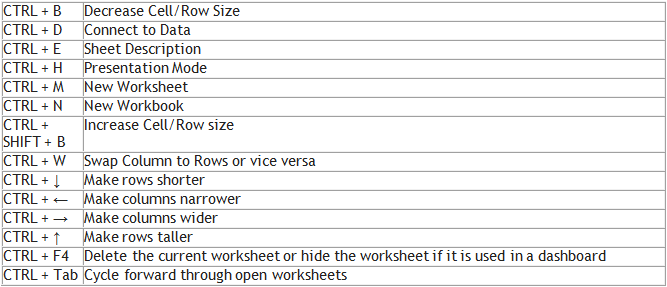How Can Predictive Analytics Help Small Businesses ?
What is predictive analytics?
Predictive analytics is the use of variety of statistical techniques that analyses current and historical facts to make predictions about the future events.
The goal of predictive analytics is to forecast what might happen in the future rather than finding descriptive statistics and reporting on what has actually happened in the past. Predictive models use the past data to develop a model that can be used to predict the future values. This is different from the descriptive models that help you understand what has happened in the past.
What can predictive analytics do?
Predictive analytics can help to:
- Identify the trends
- Understand customers
- Improve business performances
- Predict future behaviour
Predictive Analytics for Growing Companies:
There are many advantages of predictive analytics for the growing businesses. The most widely used objectives are
1) Customer Retention &
2) Demand Forecasting
Customer Retention:
It’s always good to keep your loyal customers than to get the new ones. Predictive analytics help you to analyse your customers’ behaviour, to predict what and when a customer may buy. It is important for new businesses to identify which prospect groups are most likely to buy their products or services so that the precious marketing money can be spent on the most promising ones.
For example, suppose an online shopping company Flipkart.com has the data of customer purchased specific product (say Books). Then this company can use the predictive data to send the emails to the loyal customers. Once a customer has purchased online a book three times, then the predictive analytics automatically finds the next order date and the products, after which the company can send mails marketing the various products based on the customer’s purchasing behaviour.
Demand Forecasting:
Demand forecasting is the most common application of predictive analytics. In business, if the demand is more than the inventory, sales can be lost due to the lack of supply and if demand is very less than inventory, then there is huge stock of particular inventory then also it will incur financial loss. If any company knows the demand of their products and services in advance, then the company can plan for the future production. Predictive analytics is a statistical approach applicable for demand forecasting. It is used to detect the pattern in the data.
For example, suppose a company wants to know the how much sales will happen in the next quarter. In this case, predictive analytics can be used to estimate the current trend in the market and the seasonal pattern of the sales for the next quarter. Using this, the company can review the inventory of the particular product. If the demand of that product is more than the inventory of the specific product then the company can plan for the production of that particular product.
Conclusion:
If you want to use predictive analytics you have to first understand the idea behind it and the difference with the other methods. The predictive analytics is used to forecast the event which might be happen in the future by calculating the probability of the occurrence of event on the basis of the historical patterns. For example, to predict the annual sales (target) we will need to have the historical annual sales data with a bunch of variables related to sales. Then we can study the relationship and patterns between the variables and the annual turnover. Using this relationship and the historical pattern we can predict the future sales. The predicted results can be used to make various business decisions.


